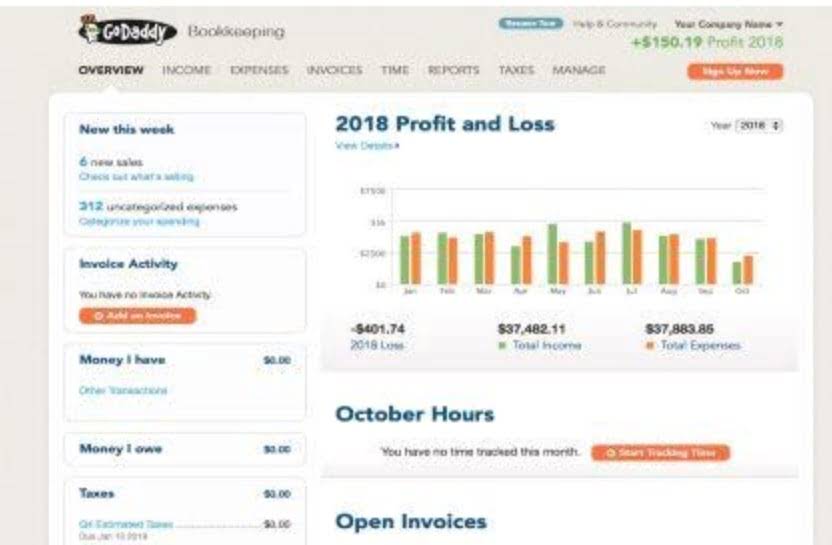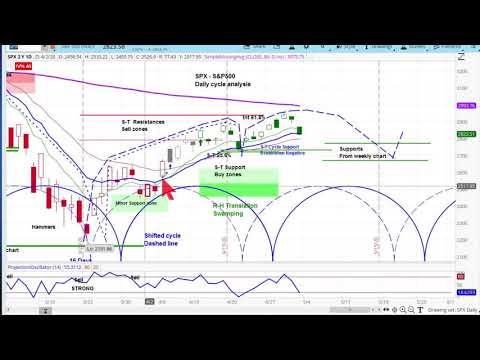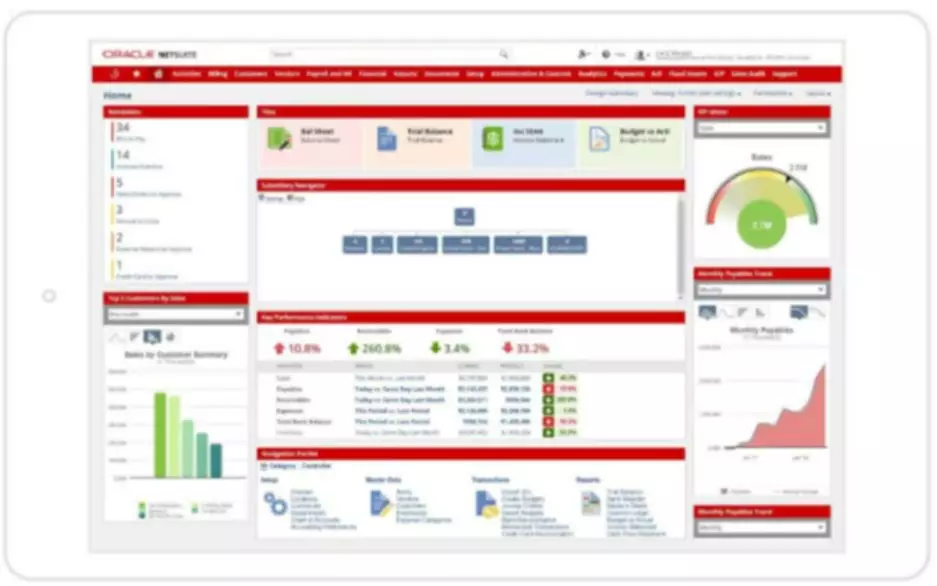Owners Equity: What It Is and How to Calculate It Bench Accounting
Contents:


Once the assets are sold, the company realizes the gains or losses resulting from such disposal. The balance of Mid-com International shows the values as given below and wants to know the value of the owner’s equity at the end of the Financial Year 2018 using the same information. Treasury StockTreasury Stock is a stock repurchased by the issuance Company from its current shareholders that remains non-retired. Moreover, it is not considered while calculating the Company’s Earnings Per Share or dividends.
Equity: Definition, Types & Examples – Seeking Alpha
Equity: Definition, Types & Examples.
Posted: Wed, 01 Feb 2023 08:00:00 GMT [source]
For example, a plant assetsholder with a 20% equity interest owns 20% of the business. LiabilitiesLiability is a financial obligation as a result of any past event which is a legal binding. Settling of a liability requires an outflow of an economic resource mostly money, and these are shown in the balance of the company. The house has a current market value of $175,000, and the mortgage owed totals $100,000.
What is Owner’s Equity? Formula, Examples & Calculations
For this reason, owner’s https://1investing.in/ is only one piece of the puzzle when it comes to valuing a business. And that’s also why a balance sheet is only one of three important financial statements . To truly understand a business’ financials, you need to look at the big picture, not just how much its theoretical book value is.

Let’s take an example to understand the calculation of Owner’s Equity formula in a better manner. Based in Atlanta, Georgia, William Adkins has been writing professionally since 2008. He writes about small business, finance and economics issues for publishers like Chron Small Business and Bizfluent.com. Adkins holds master’s degrees in history of business and labor and in sociology from Georgia State University.
Owner’s Equity Statements: Definition, Analysis and How to Create One
Information about a company’s assets, liabilities, and owner’s equity can be found in a type of financial statement called a _balance sheet_. A balance sheet is a document that details a company’s assets, liabilities, and, subsequently, the owner’s equity at a specific point in time. The owner’s equity is calculated by subtracting the liabilities from the assets. On the other hand, if the owners withdraw cash from the business account or take out a loan to buy an asset, the owner’s equity decreases. If the liabilities are greater than the assets, the owner’s equity is negative. According to the Corporate Finance Institute, owner’s equity refers to how much of a company’s total asset value its owners or its shareholders have a right to claim.
- By evaluating the components and calculation of this metric, investors can assess the potential risks and rewards of investing in a particular company and make informed investment decisions.
- The equity multiplier is a calculation of how much of a company’s assets is financed by stock rather than debt.
- We follow strict ethical journalism practices, which includes presenting unbiased information and citing reliable, attributed resources.
- Divide the total business equity by the percentage each owner owns.
For example, if a business is unable to show its ability to financially support itself without capital contributions from the owner, creditors could reconsider lending the business money. A statement of owner’s equity is a one-page report showing the difference between total assets and total liabilities, resulting in the overall value of owner’s equity. In simple terms, you can calculate owner’s equity for your business by subtracting all your business liabilities from the value of all your business assets.
What Is Equity and Owner’s Equity?
A high debt-to-equity ratio indicates that a company is relying heavily on debt to finance its operations, which may be a cause for concern for investors. By retaining earnings, a company can finance its growth without having to rely on external financing, such as debt or equity financing. It is an important metric for evaluating a company’s financial health and its potential for future growth. Preferred stock may be more attractive to investors who are looking for a fixed income stream, but it carries less potential for capital appreciation than common stock.
It is in the business of manufacturing customized roller skates for both professional and amateur skaters. As per the balance sheet of ABC Limited for the financial year ended on March 31, 20XX, the total assets are $750,000, and the total liabilities are $450,000. Common StockCommon stocks are the number of shares of a company and are found in the balance sheet. It is calculated by subtracting retained earnings from total equity.
- The Statement of Owner’s Equity tracks the changes in the value of all equity accounts attributable to a company’s shareholders and impacts the ending shareholder’s equity carrying value on the balance sheet.
- Also, higher profits through increased sales or decreased expenses increase the amount of owner’s equity.
- Given below are some of the advantages and disadvantages of the owner’s capital.
- Though both methods yield the exact figure, the use of total assets and total liabilities is more illustrative of a company’s financial health.
Equity investing is the business of purchasing stock in companies, either directly or from another investor, on the expectation that the stock will earn dividends or can be resold with a capital gain. Equity holders typically receive voting rights, meaning that they can vote on candidates for the board of directors and, if their holding is large enough, influence management decisions. When liabilities attached to an asset exceed its value, the difference is called a deficit and the asset is informally said to be “underwater” or “upside-down”. In government finance or other non-profit settings, equity is known as “net position” or “net assets”.
This equity is calculated by subtracting any liabilities a business has from its assets, representing all of the money that would be returned to shareholders if the business’s assets were liquidated. The formula used by this equity ratio calculator determines the relative proportion of total owner’s equity in comparison to the figure of the total assets a corporation owns. Owner’s equity is equal to a company’s total assets minus its total liabilities.
You’ll need to know your business assets, liabilities, and owners’ shares in order to calculate individual owner equity. Looking at the same period one year earlier, we can see that the year-on-year change in equity was a decrease of $25.15 billion. The balance sheet shows this decrease is due to both a reduction in assets and an increase in total liabilities. This refers to the amount of stock sold to investors that hasn’t been repurchased by the company. Outstanding shares are taken into account when determining shareholder’s equity.
Components of Owner’s Equity
_Liabilities_ are everything the company owes to banks and creditors plus wages and salaries. A company can calculate its owner’s equity by deducting its liabilities from its assets. Owner’s equity gives an overall picture of the company’s financial stability at a particular time.

A recap of these changes is the statement of changes in owner’s equity. Here is a statement of changes in owner’s equity for the year 2022 assuming that the Accounting Software Co. had only the eight transactions that we covered earlier. It’s important to understand that owner’s equity changes with the assets and liabilities of the company. For example, if Sue sells $25,000 of seashells to one customer, her assets increase by the $25,000. The balance sheet, which shows the owner’s equity, is prepared for a specific point in time. For instance, a balance sheet may be prepared every December 31.
Law of the Land – Real Estate Litigation Newsletter – April 2023 … – JD Supra
Law of the Land – Real Estate Litigation Newsletter – April 2023 ….
Posted: Fri, 14 Apr 2023 19:55:15 GMT [source]
Owner’s equity represents the owner’s investment in the business minus the owner’s draws or withdrawals from the business plus the net income since the business began. It works the same way, but it’s about the value of your interest in a business you own or have a stake in. Equity is not how much the company is worth, but an accounting concept of value. For example, public companies usually sell at multiples of book values.

For all intents and purposes, shareholder’s equity is the exact same thing as owner’s equity. Shareholders are considered part owners of companies, after all. The formula for calculating owner’s equity involves subtracting total liabilities from total assets. The resulting value represents the residual claim on assets that remains after all liabilities have been settled. This can be done by using the profits to buy new equipment, expand the business, or pay down debt. This can be done by selling shares of the business or taking out loans.












